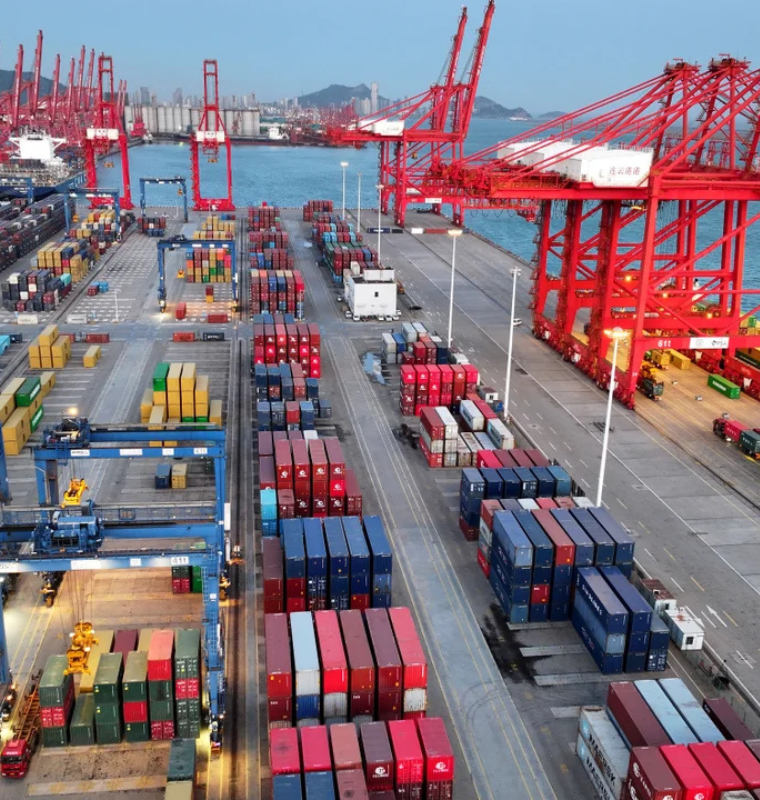Wealthy Investors Are Leasing Out Their Gold for Extra Income
By
Junia Wells
Last updated:
November 19, 2025
First Published:
November 19, 2025

Getty Images
Gold prices have climbed to some of the highest levels ever recorded, and wealthy investors who once treated gold as a passive store of wealth are now finding new ways to generate income from their holdings. A growing number of high net worth individuals are entering the gold leasing market, effectively “renting out” their bullion to refiners, jewelers and manufacturers who need access to gold but face rising costs in purchasing it outright. What was traditionally an asset that produced no yield is suddenly becoming a source of consistent returns.
This surge in leasing activity comes at a time when gold has traded near or above record highs for months. The elevated price environment has made it increasingly expensive for jewelers and refiners to finance inventory through conventional lending channels. With banks tightening credit conditions and interest rates still elevated compared to recent years, leasing gold rather than borrowing cash to purchase it has become a more affordable and flexible option for industry players. As a result, demand for leased gold has expanded significantly, pulling more private investors into the market.
To support this growing interest, modern platforms and precious metal marketplaces have introduced new safeguards to address long standing concerns about fraud, mismanagement, and storage risks. These platforms now offer enhanced insurance coverage, third party audits, digital tracking, and real time verification systems that ensure both the investor and the borrower have transparency throughout the leasing process. Wealth managers report that these added layers of protection have encouraged more affluent clients to treat gold leasing as a legitimate income strategy rather than a speculative side activity.
The return potential varies depending on contract length and market conditions, but analysts say yields can outperform some conservative fixed income products, especially in a high price environment where demand is elevated. For investors seeking diversification, the strategy adds an income producing element to a commodity traditionally valued only for stability and hedging.
Meanwhile, jewelers and refiners benefit from improved cash flow, reduced borrowing costs, and greater operational flexibility. By leasing gold instead of purchasing it outright, they can maintain inventory levels without exposing themselves to the full volatility of global gold prices. This supply chain shift is becoming more visible across major jewelry hubs in Asia, Europe, and the Middle East, where premiums, financing costs, and liquidity constraints have made leasing particularly attractive.
As long as gold prices remain strong and inventory financing remains costly, analysts expect the leasing market to expand further. What was once a niche practice is evolving into a well regulated, technology supported ecosystem that transforms idle bullion into productive working capital for both investors and the industries that rely on gold every day.
Popular articles
Subscribe to unlock premium content
Why Some People Hire Professional Bystanders to Simulate Social Interaction in Public Spaces
.png)
The Rise of Micro-Memorials People Paying to Preserve Tiny Personal Moments in Luxury Miniature Sculptures
.png)
The Market of Paying Strangers to Share Their Most Embarrassing Stories in a Private Setting
.png)
Why Some People Hire Professional Bystanders to Simulate Social Interaction in Public Spaces
.png)
The Rise of Micro-Memorials People Paying to Preserve Tiny Personal Moments in Luxury Miniature Sculptures
.png)
Why Some People Hire Professional Bystanders to Simulate Social Interaction in Public Spaces
.png)








